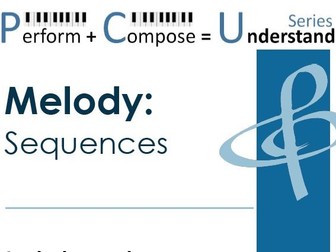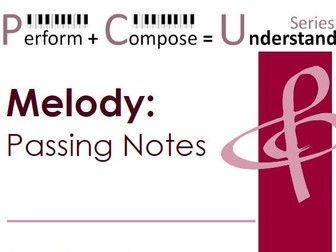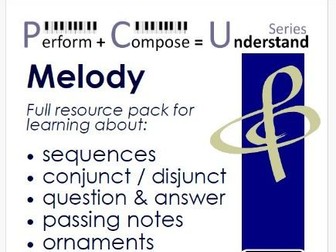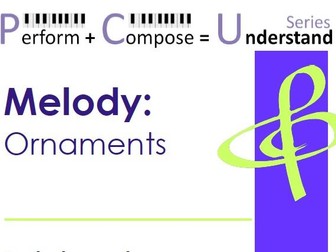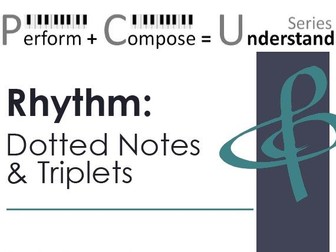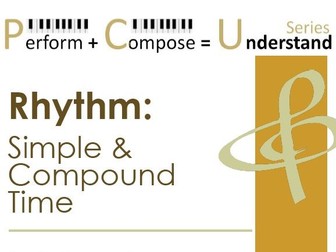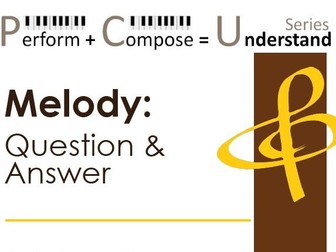Melody: Conjunct and Disjunct educational pack
<p>Melody: Conjunct and Disjunct - Perform, Compose, Understand Series. This pack comprises a piece called Mind The Gap, worksheets and questions which relate to the piece. It is all about understanding melodic movement and direction.</p>
<p>It is designed to cater for almost any instrument due to the parts being provided in many different keys and clefs (including tab and bass tab). Drum parts are intentionally not provided as drummers still need to have a good understanding of non-percussive elements such as melody and harmony; I would suggest that they play a keyboard part for the purposes of learning about composition.</p>
<p>How to use this resource</p>
<p>This pack comprises three stages, the third of which should be gained from success with the first two:</p>
<ul>
<li>Performing</li>
</ul>
<p>An original performance piece is provided for mixed classroom ensemble. This piece features a musical device of some kind as its focus. There will obviously be other musical components included within the piece as well, but the main element will be very apparent.</p>
<ul>
<li>Composing</li>
</ul>
<p>Worksheets are provided to enable students to develop their own compositions based on the same focus as the performance piece. Elements of the performance piece are highlighted and short, developmental activities will lead to the students developing their own musical ideas.</p>
<ul>
<li>Understanding</li>
</ul>
<p>Summary worksheets are provided to enable students to demonstrate their understanding of the topic.</p>
<p>There are two musical elements which appear in all pieces within this PCU series. They are dynamics and articulation. All performance pieces contain them and opportunity is provided to include them within the composing exercises as well.</p>
<p>Printing and Copying</p>
<p>The purchaser may print or copy all pages of this resource as required, but must not distribute to others. It is advised to produce resources for students as follows:</p>
<ul>
<li>
<p>Print which ever parts are needed to facilitate a performance</p>
</li>
<li>
<p>Produce a booklet containing the title page, score and worksheets.</p>
</li>
</ul>
<p>The performance piece could also be used for the performing component of your examined course as well if appropriate.</p>

